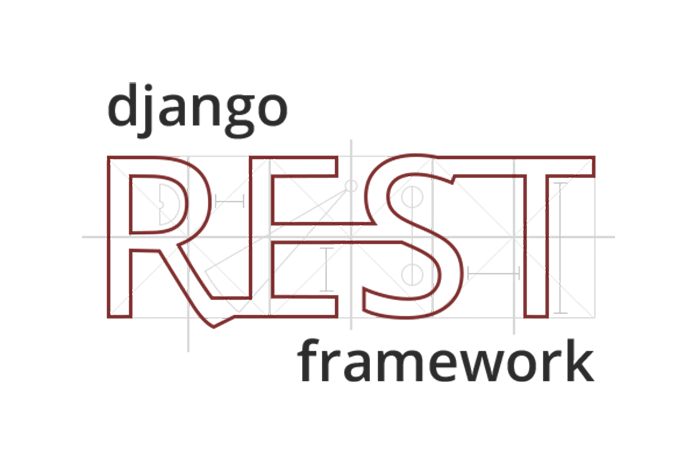
What Is Django Rest Framework?
Django Rest Framework (DRF) is a library which works with standard Django models to build a flexible and powerful API for your project.
Basic Architecture
A DRF API is composed of 3 layers: the serializer, the viewset, and the router.
- Serializer: converts the information stored in the database and defined by the Django models into a format which is more easily transmitted via an API
- Viewset: defines the functions (read, create, update, delete) which will be available via the API
- Router: defines the URLs which will provide access to each viewset

Serializers
Django models intuitively represent data stored in your database, but an API will need to transmit information in a less complex structure. While your data will be represented as instances of your Model classes in your Python code, it needs to be translated into a format like JSON in order to be communicated over an API.
The DRF serializer handles this translation. When a user submits information (such as creating a new instance) through the API, the serializer takes the data, validates it, and converts it into something Django can slot into a Model instance. Similarly, when a user accesses information via the API the relevant instances are fed into the serializer, which parses them into a format that can easily be fed out as JSON to the user.
The most common form that a DRF serializer will take is one that is tied directly to a Django model:
class ThingSerializer(serializers.ModelSerializer):
class Meta:
model = Thing
fields = (‘name’, )
Setting fields allows you to specify exactly which fields are accessible using this serializer. Alternatively, exclude can be set instead of fields, which will include all of the model’s fields except those listed in exclude.
Serializers are an incredibly flexible and powerful component of DRF. While attaching a serializer to a model is the most common use, serializers can be used to make any kind of Python data structure available via the API according to defined parameters.
ViewSets
A given serializer will parse information in both directions (reads and writes), but the ViewSet is where the available operations are defined. The most common ViewSet is the ModelViewSet, which has the following built-in operations:
- Create an instance:
create() - Retrieve/Read an instance:
retrieve() - Update an instance (all fields or only selected fields):
update()orpartial_update() - Destroy/Delete an instance:
destroy() - List instances (paginated by default):
list()
Each of these associated functions can be overwritten if different behavior is desired, but the standard functionality works with minimal code, as follows:
class ThingViewSet(viewsets.ModelViewSet):
queryset = Thing.objects.all()
serializer_class = ThingSerializer
If you need more customization, you can use generic viewsets instead of the ModelViewSet or even individual custom views.
Routers
Finally, the router provides the surface layer of your API. To avoid creating endless “list”, “detail” and “edit” URLs, the DRF routers bundle all the URLs needed for a given viewset into one line per viewset, like so:
# Initialize the DRF router; only once per urls.py file from rest_framework import routers`
router = routers.DefaultRouter()
# Register the viewset
router.register(r'thing', main_api.ThingViewSet)
Then, all of the viewsets you registered with the router can be added to the usual url_patterns:
url_patterns += url(r'^', include(router.urls))
And you’re up and running! Your API can now be accessed just like any of your other django pages. Next, you’ll want to make sure people can find out how to use it.
Documentation
While all code benefits from good documentation, this is even more crucial for a public-facing API, since APIs can’t be browsed the same way a user interface can. Fortunately, DRF can use the logic of your API code to automatically generate an entire tree of API documentation, with just a single addition to your Django url_patterns:
url(r'^docs/', include_docs_urls(title='My API')),
Where next?
With just that simple code, you can add an API layer to an existing Django project. Leveraging the power of an API enables you to build great add-ons to your existing apps, or empowers your users to build their own niche functionality that exponentially increases the value of what you already provide. For more information about getting started with APIs and Django Rest Framework, check out this talk.

